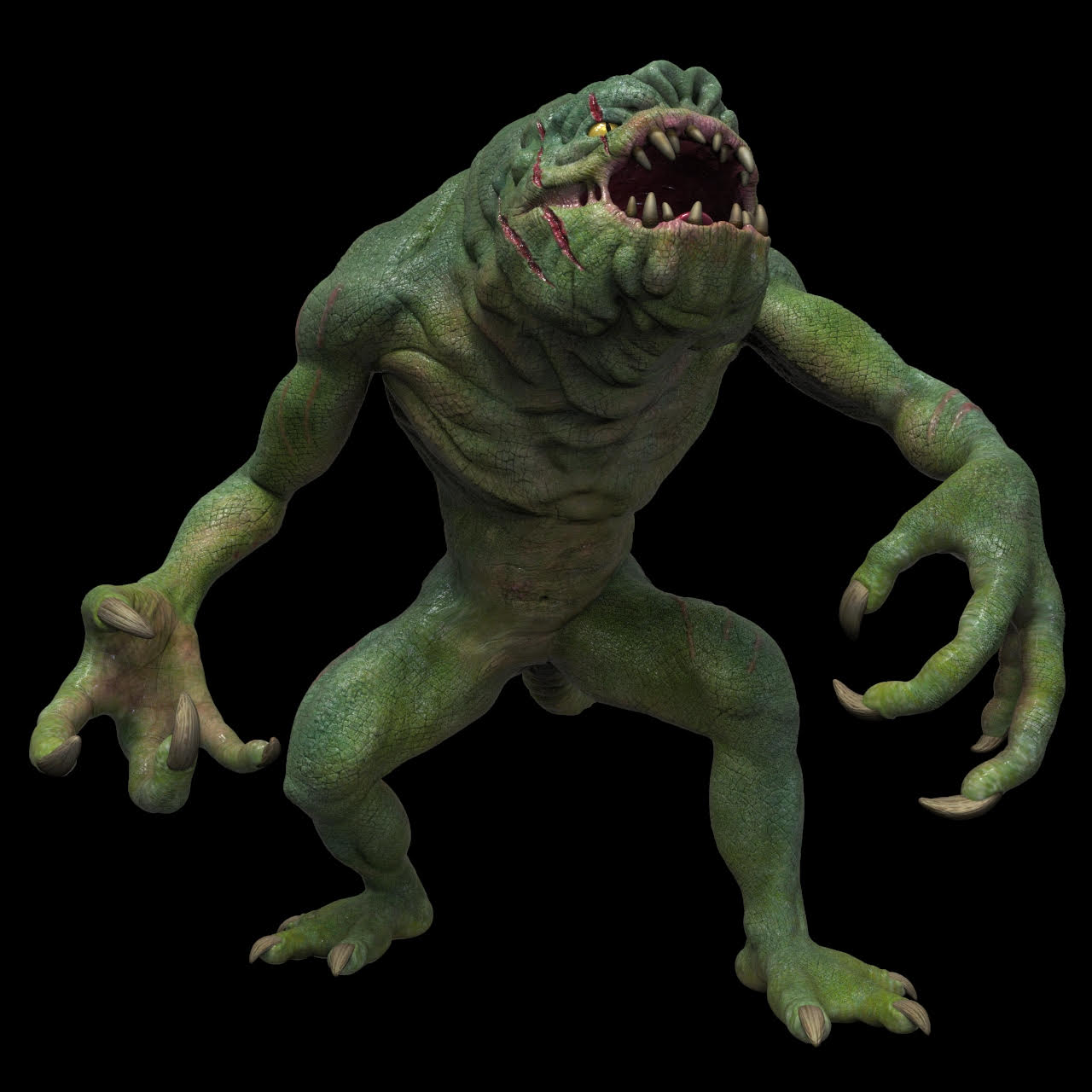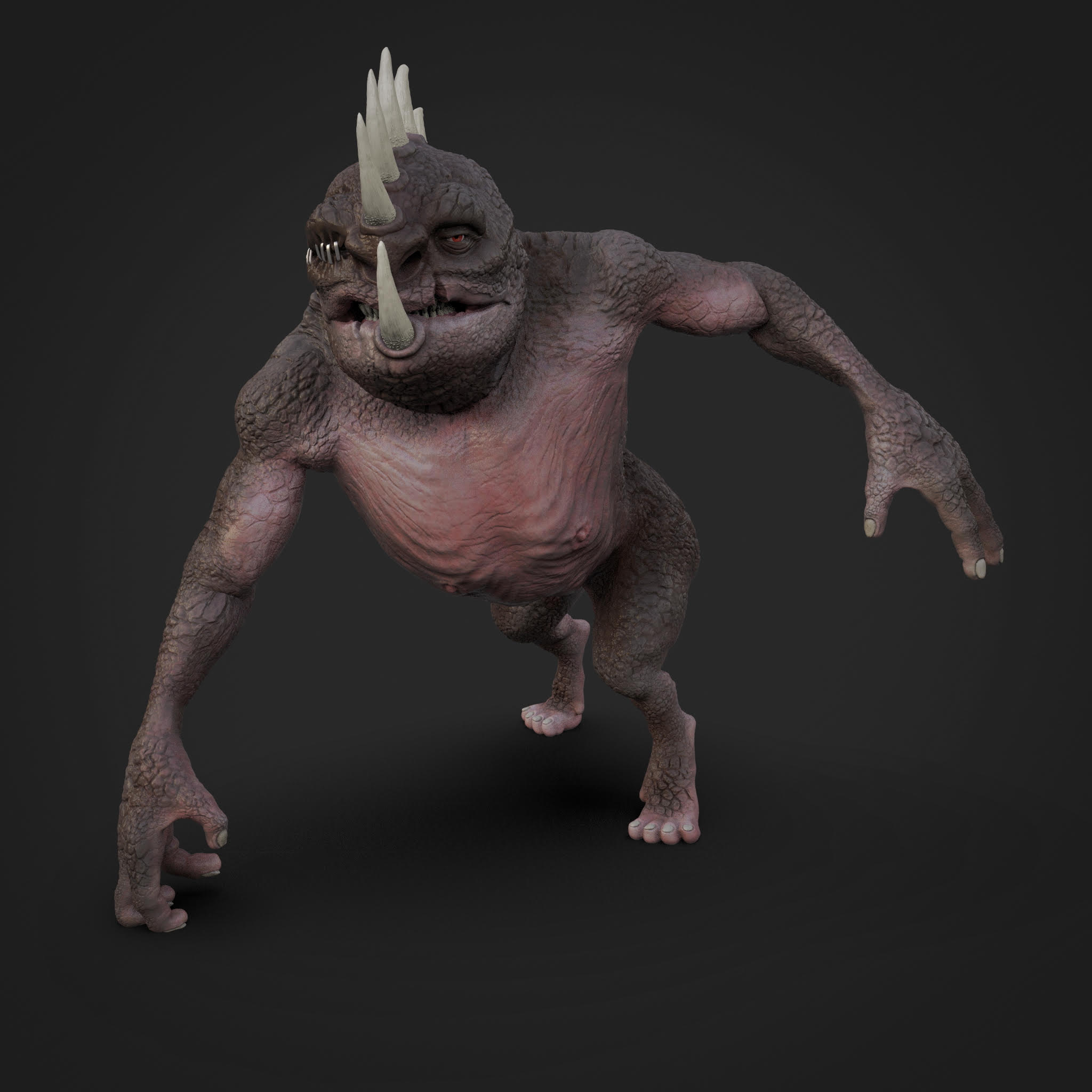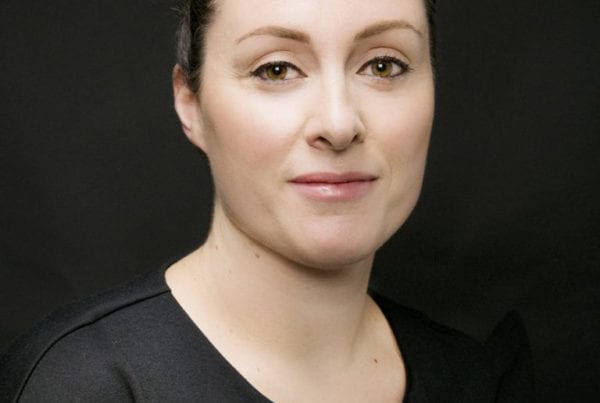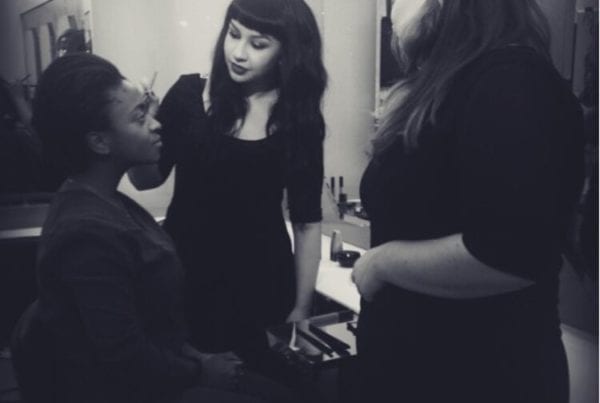
With 20-years of experience working in graphic design and a strong passion for 3D graphics, Robin Hutchins is a welcome addition to the CMU team. As a Zbrush instructor, Robin’s dedication to craft and creativity is imparted to students seeking to enter the exciting world of animation, special effects and more. Here, Robin expands on his career working on projects including video games, what brought him to CMU, and just exactly what Zbrush is (for those not in the know).
When did you first become interested in doing graphic design/special effects? What were your first inspirations?
I first became interested in 3D graphics in 1997 after graduating from college as a graphic designer. My first job was working in a small internet company (back when it was all about to boom). We were working on a 3D interactive learning experience website. I was designing and building many of the environments using SoftImage, one of the first major 3D packages. Unfortunately, we were way ahead of our time and the speed of data transfer at that time was not sufficient for what we were trying to do. After that I continued on as a graphic designer in the music and entertainment industry and continued to explore 3D as a hobby, incorporating 3D elements wherever I could within my work. In 2016, I returned to school to get more formal 3D training and obtained a certificate in 3D Animation. After leaving school the second time, I went to work for a small Toronto-based production company, working on projects ranging from video games to online and television ads.

What is Zbrush? What role does a Zbrush artist play in the scheme of film/television production?
Zbrush is the leader in the industry for 3D sculpting software; it’s really unlike any other 3D software available in its ability to let artists be artists. The artist is freed as much as possible from the technical constraints that come with modelling in other packages. With advancements in 3D printing, Zbrush opens up many possibilities for faster concepts, potential reduction in timelines, and costs associated with creating traditional prosthetics and props, as well as digital elements. The role of the Zbrush artist is to produce 3D models and visuals which can be used to present concepts or be the basis for creating digital and physical creatures, prosthetics, props and anything else the mind can conceive of.
What’s the most valuable lesson you’ve learned while working with a client?
The most important thing I have learned in my 20-plus years of working with clients is to leave my ego at the door and be open to constructive criticism and other people’s visions.
When did you first join CMU and why did you want to teach here?
I first joined CMU in June of 2018. I knew I wanted to try teaching at some point in my career and this opportunity came along through one of my professional connections. When the opportunity presented itself, I saw it as an incredible opportunity to challenge myself along with my students.
What’s your favourite thing about teaching at CMU?
My favourite thing about teaching at CMU is when I see students grasp the concepts and ideas behind Zbrush and watch them using it as a powerful tool – along with their creativity – to come up with innovative and original creatures, prosthetic and prop concepts.
How can prospective students best prepare for their time at CMU?
Prospective students can best prepare for their time at CMU by being well-rested and coming in ready to commit all their energy and time towards what the instructors have to offer them. The amount of learning and expertise available to a student who is ready to receive it is endless. For students coming into the digital/Zbrush course, basic computer knowledge and a fundamental ability in operating and troubleshooting a computer would be very useful.

What should students know about the Zbrush course?
The Zbrush course is not only about using a computer program. It is about sculpting and the study of anatomical form and mechanics and how these things are at the core of any good creature/prosthetic design.
What other career paths could a CMU graduate take with a knowledge of Zbrush?
With the knowledge of Zbrush, students would open themselves up to being on the leading edge of using digital sculpting and 3D printing in the creation of traditional prosthetics and props, as well as potential paths into digital creature conceptualizing and illustration. With the knowledge of Zbrush, they would also be well set up to receive some additional education in traditional 3D processes leading to opportunities in animated film and video game creature and asset creation.
“My favourite thing about teaching at CMU is when I see students grasp the concepts and ideas behind Zbrush and watch them using it as a powerful tool – along with their creativity – to come up with innovative and original creature, prosthetic and prop concepts.”



